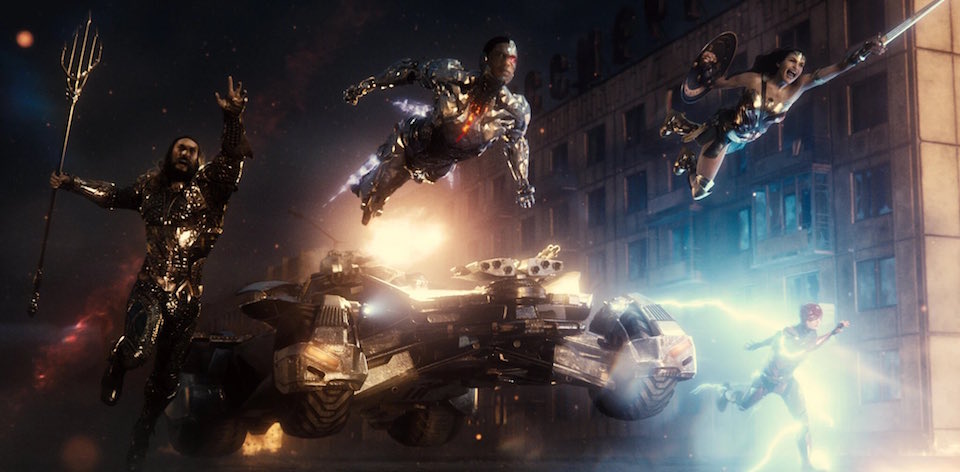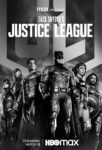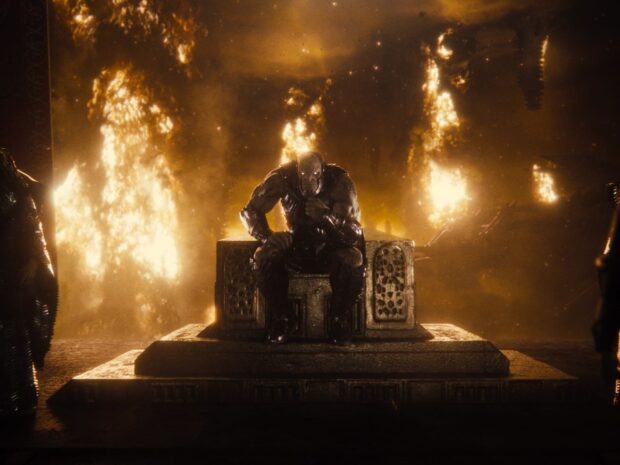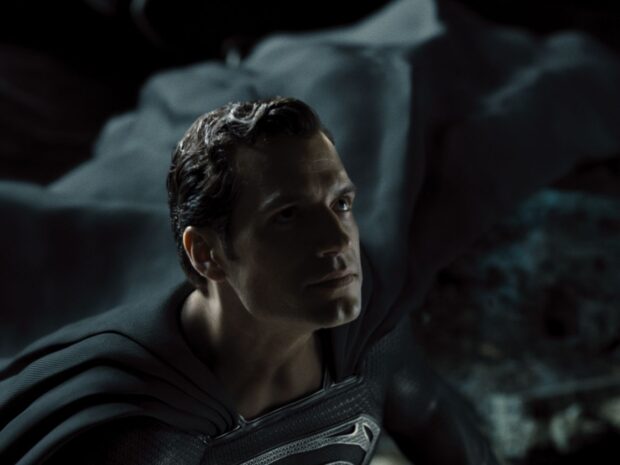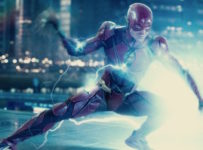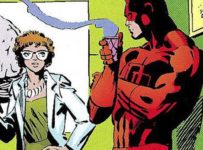Who would have thought that almost four years after the financially disappointing release of Justice League we’d still be talking about it? Let alone watching a cut almost twice the length?
The fans behind the #ReleasetheSnyderCut had a pretty good idea. Thanks to a social media campaign that cast its heroes and villains in archetypes as dichotomous as the comic book source material, Warner has invested almost $70 million in restoring cut footage and shooting new scenes. The result is somewhat remarkable.
When Snyder was forced to walk away from the film, partly to deal with a family tragedy, Warner handed the controls over to Joss Whedon. Coming off the back of Avengers: Age of Ultron, Whedon infused the film with a trademark levity that the studio — desperately playing catch-up with Marvel — thought was needed. The result was a film lighter in tone to Snyder’s Man of Steel and Batman V Superman: Dawn of Justice, something I described at the time as “a strange assembly of disconnected pieces that still manages to…form something that looks and feels more or less functional.” The problem, as any fan will tell you, was that very little of it belonged to Snyder.
The film immediately distinguishes itself by showcasing the literal and figurative aftershock of Superman’s (Henry Cavill) death in the previous film. Snyder takes the time to examine the impact on each of the people who will eventually become part of the Justice League. In other words, we really see — to use the title of a 1990s comic — a World Without a Superman. The principal shift, of course, is the chief villain reveal of Darkseid (Ray Porter), the New God of Apokolips who is the ultimate power behind Steppenwolf (Ciarán Hinds).
With over two hours of extra stuff, this is more than a simple ‘special edition’ or ‘director’s cut.’ Indeed, there’s so many listicles dedicated to playing spot the difference, it would be be both redundant and time consuming to do so again here. What this mammoth beast provides that the Whedon cut did not is context. It speaks volumes about Joss that the bit he cut out was Cyborg’s (Ray Fisher) entire character arc, an essential story that gives added meaning to his various Motherbox McGuffins and the dramatic relationship with his father. Similarly, Barry Allen (Ezra Miller) is the Flash now, and there’s a clear path forward for him in future films if they pan out. The new moments with Wonder Woman (Gal Gadot) are also sublime.
This may not be perfect, and falls short of being a masterpiece by any objective standard, but if it fails it is not through lack of raw ambition. This is a Justice League in live action that at least partially recognises the scope of their potential, carved out of the same darkly filtered rock from which all of Snyder’s brutalist leanings spring. Yet for every rich new character moment, there’s a shameless bit of fan service. The introduction of a fan favourite character, for example, adds little beyond a moment of recognition.
From a technical point of view, the film is a visually impressive beast as well. Snyder has explained in the past why the IMAX-designed 4:3 aspect ratio, one typically seen in contemporary indies like First Cow, was used over the now traditional widescreen viewpoint. It might be a little jarring at first to modern eyes, but we soon adjust to the focus. Snyder’s trademark dark hues dictate the visual language, from the bleakness of Aquaman’s (Jason Momoa) fishing village to Superman’s new black threads. Think of it as a visual throwback to the heyday of 80s VHS, the kind where this film would have fit in alongside other insane high-concept blockbusters.
The apparent critical and commercial positivity of ZACK SNYDER’S JUSTICE LEAGUE leaves us in a bit of a quandary. Snyder is not the first filmmaker to get a second bite at a failed film: Blade Runner might be the most reworked film in the canon, while Francis Ford Coppola has widely acclaimed re-releases of Apocalypse Now Redux and most recently, The Godfather Coda: The Death of Michael Corleone. The Alien: Special Edition is now considered to be the superior version. George Lucas crafted an industry out of re-cutting his Star Wars films.
Yet here we also seem to have a studio conceding to aggressive fan wish-fulfilment, the kind that would have crowd-sourced a new edition of The Last Jedi if they had their way. Indeed, on the same day that the reviews came out, the #SnyderCut base were already calling for Warner to #ReleasetheAyerCut, referencing their attempts to restore David Ayer’s Suicide Squad to a state of pre-studio interference.
The distinction is that Snyder never got to finish the film he envisioned, and this seemingly provides some closure on that. Although one could still quibble about the odd tone of the ending, or that even after four hours we’ve just been set up for a (possibly dead in the water) sequel, this is grand storytelling in the biggest crossover tradition. This is Snyder’s voice writ large, and whether it is too little (or too much) too late will be seen in how Warner pivots on this pop cultural moment. After all, given the social media movement behind the (re)release, we know there’s a vocal group who sees this as a matter of, well, justice.
2021 | USA | DIRECTOR: Zack Snyder | WRITERS: Chris Terrio, Zack Snyder, Will Beall | CAST: Ben Affleck, Henry Cavill, Amy Adams, Gal Gadot, Ray Fisher, Jason Momoa, Ezra Miller, Willem Dafoe, Jesse Eisenberg, Jeremy Irons, Diane Lane, Connie Nielsen, J. K. Simmons | DISTRIBUTOR: Foxtel/Binge (AUS), HBO Max (US)| RUNNING TIME: 242 minutes | RELEASE DATE: 18 March 2021

